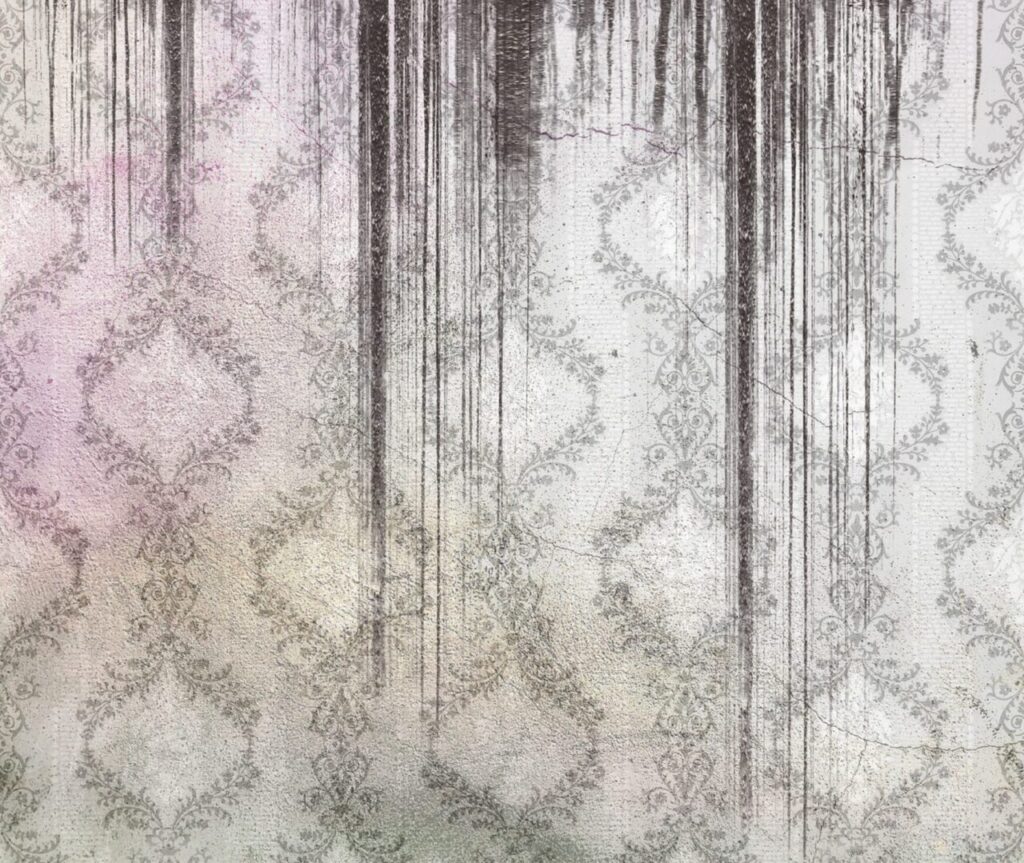Not long after moving into their dream home, Tom and Sarah discovered it came with an unwanted – and unwelcome – guest.
No, I’m not talking about a poltergeist, but something much more insidious and, if unaddressed, destructive.
Sarah discovered it one day when she reached for a platter that she used only for the holidays. The small patch of fuzzy, greenish-black growth was creeping along the far back wall of the cabinet, and it looked like it had made itself at home.
Then she sniffed, and the musty smell confirmed her suspicions.
It was mold.
Unfortunately, Sarah and Tom’s story is not unusual. Mold can be a homeowner’s worst nightmare, silently growing and spreading before you even realize it’s there.
It’s not just a threat to your home’s structure but also to your health, as exposure to mold can lead to respiratory and other health problems.
Thankfully, by vigilantly inspecting your home and making it less inviting to these unwanted fungi, you can detect mold early and shield your home from costly damage. The power is in your hands.
Understanding Mold: The Unwelcome House Guest
But first, let’s get to know our enemy.
Mold is a type of fungus that thrives in moist areas. It easily reproduces itself by releasing tiny spores into the air that can settle and grow on different surfaces in your home.
And if the environment is right for them, they’ll grow unchecked until they become a nightmare to deal with.
Common household molds include:
- ⬥ Aspergillus
- ⬥ Penicillium, and
- ⬥ Stachybotrys chartarum (the notorious black mold)
If you want to grow mold in your home, be sure to give it:
- ⬥ moisture
- ⬥ a food source (like wood or drywall), and
- ⬥ the right temperature
Of course, I’m being facetious here…you don’t want to grow mold in your home. You’ll want to starve the little spores of what they need to proliferate, right?
Unfortunately, moisture, a warm temperature, and tasty (to the mold) building materials are standard features in most homes.
Spotting Mold Before It Takes Over
Visual Clues
What for:
1. Wall, floor, or ceiling discoloration (often black, green, or brown spots)
2. Peeling or bubbling paint
3. Warping of wood surfaces
Hidden Clues
Sometimes, mold hides behind walls or under floors. Look out for these non-visual cues:
1. Musty odors, especially in enclosed spaces
2. Increased allergy symptoms like sneezing or itchy eyes
3. Unexplained health issues, such as persistent headaches or respiratory problems
Mold’s Favorite Haunts: High-Risk Areas in Your Home
While mold can grow anywhere, some areas of your home should be suspected as mold hotspots:
1. Bathrooms: Bathrooms offer high humidity and constant moisture…it’s like a world-class vacation spot for those nasty fungi…the worst tourists ever!
2. Kitchens: Leaky pipes and damp surfaces are mold magnets.
3. Basements and crawl spaces: Poor ventilation and groundwater seepage create ideal conditions.
4. Attics: Roof leaks and poor insulation can lead to moisture buildup.
5. Around windows and doors: Condensation and water infiltration are common culprits.
Early Detection Methods
Plan your battle with these detection techniques:
- ⬥ Regular visual inspections: Mark it on the calendar to check high-risk areas every month.
- ⬥ Use a hygrometer: Also known as a “moisture meter,” this handy tool can detect dampness in walls and floors before mold appears.
Try mold testing kits: These kits typically include swabs or air sampling devices that you can use to collect samples from suspected mold areas. While not foolproof, these can help identify problem areas, especially if you’re unsure whether what you’re seeing is actually mold.
Prevent mold growth
- ⬥ Keep humidity levels in check using dehumidifiers if needed. Aim for humidity levels below 60%.
- ⬥ Always use exhaust fans in your kitchen and bathrooms and open windows, weather permitting.
- ⬥ Fix water leaks quickly, whether on the roof or around the pipes.
- ⬥ Regular cleaning and maintenance: Don’t let moisture linger on surfaces.
What to Do If You Find It
If you do spot mold, don’t panic. For small areas (less than 10 square feet), you can often handle the cleanup using soap and water or a bleach solution. However, for larger infestations or if you have health concerns, it’s best to call in the professionals.
Remember, cleaning up mold is only half the battle. To prevent it from returning, you must also address the underlying cause.
As Sarah and Tom learned, mold can be a sneaky intruder. But now that you know what this annoying fungus needs to thrive, you can destroy this unwanted guest and have a plan to make sure it never wants to drop by again.
Unexpected Places Mold Can Grow in Your Home
How to Wipe out Mold in Your Home…And Keep it From Returning
7 Signs You Could Have a Mold Problem


